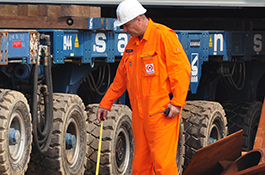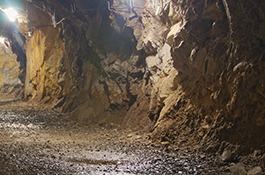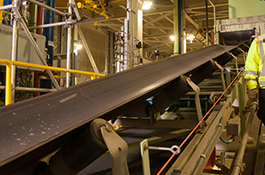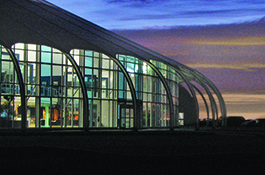

Sustainable Business
$20 million
lost per week for delayed production
7% of Indigenous
employed in industrial sector
Blogs

Organizations are shifting focus and adapting to changes shaping global industries, resulting in an increased focus on sustainability, the adoption of digital tools and artificial intelligence, and adaptation to global supply chain changes. These shifts are affecting companies across all sectors, especially in mining and metals. In Southern Africa, these trends have been amplified by infrastructure challenges, reduced risk appetite, and limited capital flows.
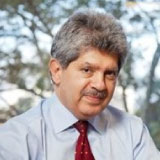
Driving innovation through disruptive technology
With the onset of emerging disruptive technologies, the most important question to ask ourselves is: where do we, as an industry, need to pay attention to these technologies when it comes to our clients’ business?

Empowering women in transportation: the road to leadership
Discover the challenges and triumphs of women breaking barriers in the transportation sector. Explore their remarkable journey from engineers to leaders in a male-dominated industry.
News
Laura E. Aldrete Appointed as USA Regional Director for Urban Solutions at Hatch
Wednesday, November 1, 2023
Related projects
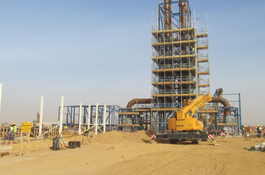
Tasiast Expansion Project
Mauritania

Wolbachia Mosquito Rearing Facilities
Brazil & Colombia
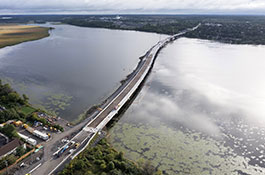
Kingston Third Crossing (Waaban Crossing)
Kingston, Ontario, Canada
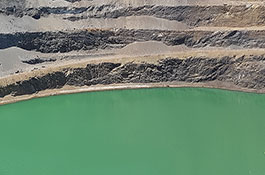
Water sampling at depth with drones
Canada, USA
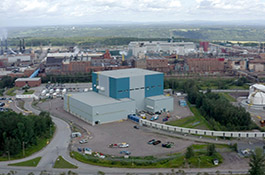
Vaudreuil 2022 ― Phase I
Canada
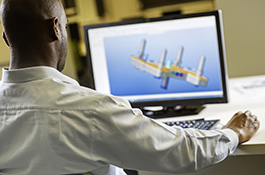
SunCoke South Shore Project
United States

Al Taweelah Alumina power and steam integration
United Arab Emirates





